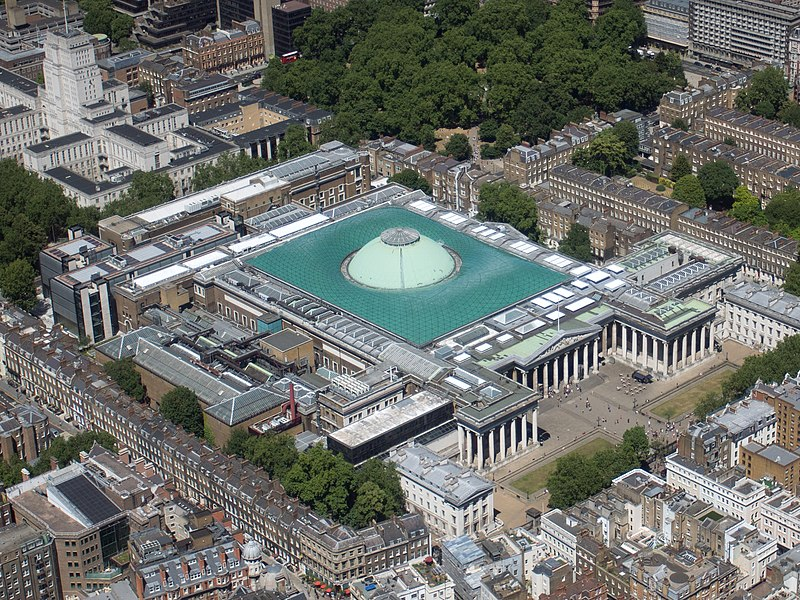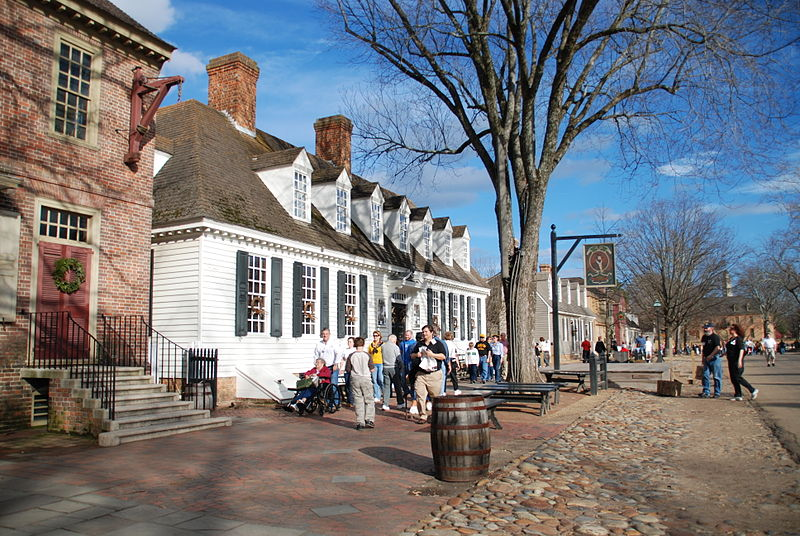Date taught: 13 March 2024
2D – A Glimpse of the Past
Theme: Comparing traditional museums with modern interactive museums.
dodged a bullet (idiom): to avoid an undesirable event; to have a narrow escape; to avoid injury, disaster, or some other undesirable situation
world-renowned (adj): famous all over the world in a particular area of activity
EXAMPLE: As a centre of excellence, it is world-renowned.
off the top of your head (idiom): from the knowledge you have in your memory
EXAMPLE: “What’s the capital of Mauritania?” “I don’t know off the top of my head, but I could go and look it up.”
taxidermy (n): the art of preparing, stuffing, and mounting the skins of animals with lifelike effect
stuffed animal (n): (also: soft toy) a toy animal made from cloth and filled with a soft material so that it is pleasant to hold
effigy (n): an often life-size sculptural representation of a specific person, or a prototypical figure. The term is mostly used for the makeshift dummies used for symbolic punishment in political protests and for the figures burned in certain traditions around New Year, Carnival and Easter.
macabre (adj): used to describe something that is very strange and unpleasant because it is connected with death or violence
squeamish (adj): easily upset or shocked by things that you find unpleasant or that you do not approve of
The State Hermitage Museum, St. Petersburg, Russia: (Russian: Государственный Эрмитаж) is a museum of art and culture in Saint Petersburg, Russia. It was founded in 1764 when Empress Catherine the Great acquired a collection of paintings from the Berlin merchant Johann Ernst Gotzkowsky. It has been open to the public since 1852. The collections occupy a large complex of six historic buildings along Palace Embankment, including the Winter Palace, a former residence of Russian emperors. Apart from them, the Menshikov Palace, Museum of Porcelain, Storage Facility at Staraya Derevnya, and the eastern wing of the General Staff Building are also part of the museum.

The Louvre Museum, Paris, France: a national art museum in Paris, France. It is located on the Right Bank of the Seine in the city’s 1st arrondissement (district or ward) and home to some of the most canonical works of Western art, including the Mona Lisa and the Venus de Milo. The museum is housed in the Louvre Palace, originally built in the late 12th to 13th century under Philip II.
imperialism (n): the way in which a rich or powerful country’s way of life, culture, businesses etc influence and change a poorer country’s way of life etc
stance (n) [C2]: a way of thinking about something, especially expressed in a publicly stated opinion
First Nations/First People (n): the groups of people whose ancestors lived in North America or Australia before the Europeans arrived. This term is used mainly to refer to the indigenous peoples of the area that is now Canada, including Inuit and Métis people
EXAMPLE: Australia’s first people knew and respected the spirit of the desert.
The British Museum: a public museum dedicated to human history, art and culture located in the Bloomsbury area of London. Its permanent collection of eight million works is the largest in the world. It documents the story of human culture from its beginnings to the present. The British Museum was the first public national museum to cover all fields of knowledge. The museum was established in 1753, and first opened to the public in 1759. The museum’s expansion over the following 250 years was largely a result of British colonisation and resulted in the creation of several branch institutions, or independent spin-offs, the first being the Natural History Museum in 1881. The right to ownership of some of its most well-known acquisitions, notably the Greek Elgin Marbles and the Egyptian Rosetta Stone, is subject to long-term disputes and repatriation claims.

Smithsonian Institution: a group of museums, education and research centers, the largest such complex in the world, created by the U.S. government “for the increase and diffusion of knowledge.” Founded on August 10, 1846, it operates as a trust instrumentality and is not formally a part of any of the three branches of the US Federal Government. The institution is named after its founding donor, British scientist James Smithson.

condescending (adj): (negative, disapproving) treating someone as if you are more important or more intelligent than them
backhanded compliment (n): a remark that seems to say something pleasant about a person but could also be an insult
open-air (adj): a free or unenclosed space outdoors, or taking place outdoors
Colonial Williamsburg: a living-history museum and private foundation presenting a part of the historic district in the city of Williamsburg, Virginia. The historic area includes three main thoroughfares and their connecting side streets that attempt to suggest the atmosphere and the circumstances of 18th-century Americans. Costumed employees work and dress as people did in the era, sometimes using colonial grammar and diction.

immersive art installation (n): in the case of an immersive installation, people have the opportunity to experience their senses on a heightened level. In this way, a person is not only a spectator of art, but becomes a vital participant in it.
GRAMMAR: comparisons
Use like with nouns, pronouns or gerunds; use as with verb phrases.
You all sit in this car; a bit like a rollercoaster car.
EXAMPLE: Getting Tom to do homework is like getting blood from a stone – impossible.
EXAMPLE: If you work at home, as I do/like me, you’ll know how lonely it can get.
Use the + comparative, the + comparative when one thing is the result of another.
EXAMPLE: The more I hear the song, the better it sounds.
Use as + adjective/adverb + as to show similarities and not as/not so to show differences. Use not such with nouns/noun phrases.
EXAMPLE: It’s not as cold as yesterday.
EXAMPLE: It’s not such a bad idea as it sounds.
Use these words to modify comparisons:
- before comparatives.
a little/slightly/much/(quite) a lot/far/three times, four times etc/a great deal/even
EXAMPLE: I came out a lot poorer than when I went in.
EXAMPLE: They were far more interested in the optical illusions. - before superlatives.
by far, easily, far and away
EXAMPLE: It was by far the best day I’ve spent in a museum for a long time. - before as + adjective/adverb + as.
not quite/(not) nearly/almost/just/half/twice, three times etc/nothing like/nowhere near/every bit
EXAMPLE: Some of the explanations in the dinosaur exhibition weren’t quite as clear as they could have been. - before the same (as).
not quite/(not) nearly/almost/just/exactly/(very) much
EXAMPLE: His latest book is much the same as all his others.
EXAMPLES WE USED IN CLASS:
Sentence starters:
It’s bigger… on the inside.
It looks just… a little better today than it did yesterday.
She’s not as… condescending as I thought she would be.
It’s by far… the prettiest sunset I’ve ever seen!
It’s slightly… more expensive now.
It’s not such… a problem nowadays.
Supplemental Videos:
Supplemental Links:
- IMMERSIVE EXHIBITION MYSTIC UNIVERSE: Moscow, Russia
- How Incredible Immersive Experiences Are Fueling Van Gogh Fever
Attribution: Image by wirestock on Freepik

